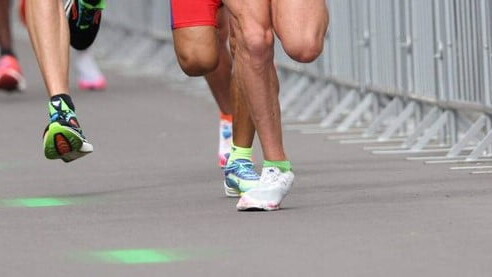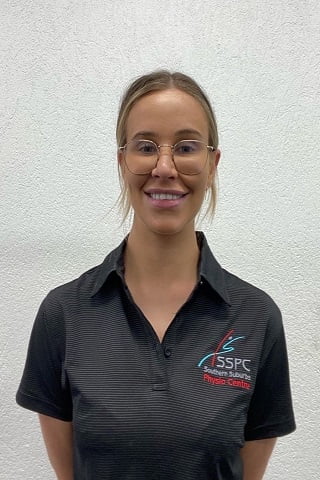

The photo above has been widely displayed on social media after a great run by Liam Adams, of Australia, in Sunday’s Olympic Marathon. Particularly capturing attention is his foot posture. The photo has since sparked further conversation regarding the use of super shoes.
This newest range of elite running shoes feature fancy high tech foams, carbon fibre plates, and extreme stack heights, pronounced rocker soles and are aptly named “super shoes” after runners who are now smashing incredible records and running sub-2-hour marathons.
So, what exactly are these features?
-The Pebax foam which is lighter and returns more energy after being compressed. Anything soft reduces movement at ankle level; creating over striding tendons and stiffness due to the shoe absorbing it all! This allows greater running efficiency, however, can lead to upper chain stress responses and also an extremely quick turnaround in how long the shoe physically lasts.
-Stack height is the term used to refer to the amount of shoe material between your foot and the ground. Stack heights can range from barefoot to maximal (40mm), and this measurement is often equated with the amount of “cushioning” that a shoe has. A shoe with more cushioning will have a higher stack height while a shoe with less cushioning will have a lower stack height.
-Carbon fibre plates increase the lever arm for propulsion during running and the stability of the plate decreases foot contact time, saving on weight and economy. Some super shoes have curved plates at the forefoot to decrease the Achilles- ankle-load. Issues with the plates are that runners who have dysfunction in the sagittal plane find their forefoot flexion is blocked and compensation for this increase stress up the kinetic chain of the body.
-Rocker soles enable forefoot loading and propulsion but teamed with a higher heel stack, unstable base and extremely soft cushioned midsoles, the lack of support and control with this combination can create over- pronation and torsion through the rear and midfoot. This is particularly evident in the photo of Australian marathon runner Liam Adams.
You might ask, is it all worth the risk of injury?
Statistics from the use of super shoes certainly show impressive running economy and efficiency, along with world records being broken and impressive results. That all being said not every runners’ foot is the same, how will these shoes affect long term bone and soft tissue stress related injuries? I think the answer is to have your mechanics evaluated by a professional and best find the shoe suited to your foot type and function weighing up the risks and pros/cons of certain features. Shoes such as the ‘Nike alpha flies’ should be worn for racing and not regular use and in order to decrease the risk of injury we don’t recommend anyone use them as their main training shoe.
Ursula Richards, Podiatrist at SSPC can see you for gait analysis, footwear advice and biomechanical evaluation to help accelerate your running goals. Ph SSPC on: 95708538

Ursula Richards (B.Pod M.A.Pod. A Podiatrist)
You might like these other resources
Are Your Bones Strong Enough?
28 May 2024
BEWARE YOUR SCAN RESULTS!
23 February 2023
STAY OUT OF THE BASEMENT THIS SUMMER
23 December 2022
Staying Healthy – The Missing Pieces Of The Puzzle
17 November 2022
So I Don’t Need A Knee Reconstruction Anymore?
8 September 2022





